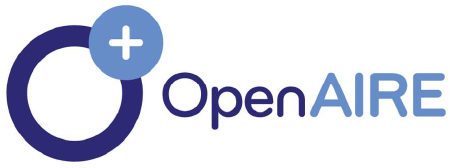DIDACTIC POTENTIAL OF DIGITAL TOOLS IN DEVELOPING LEXICAL COMPETENCE IN CHILDREN
Abstract
This article examines the didactic possibilities of digital tools in developing lexical competence in children learning foreign languages. The study analyzes age-appropriate digital technologies, mobile applications, interactive platforms, and educational games specifically designed for young learners. The research explores theoretical foundations of children's vocabulary acquisition, developmental considerations, effectiveness of digital tools for different age groups, and practical recommendations for their implementation in primary and elementary education. Special attention is paid to the integration of play-based learning, multimodal input, parental involvement, and safety considerations in digital vocabulary instruction for children.
References
1. Beschorner, B., & Hutchison, A. (2013). iPads as a literacy teaching tool in early childhood. International Journal of Education in Mathematics, Science and Technology, 1(1), 16-24.
2. Bus, A. G., Takacs, Z. K., & Kegel, C. A. (2015). Affordances and limitations of electronic storybooks for young children's emergent literacy. Developmental Review, 35, 79-97.
3. Guernsey, L., Levine, M., Chiong, C., & Severns, M. (2012). Pioneering literacy in the digital wild west: Empowering parents and educators. New York: Joan Ganz Cooney Center at Sesame Workshop.
4. Hirsh-Pasek, K., Zosh, J. M., Golinkoff, R. M., Gray, J. H., Robb, M. B., & Kaufman, J. (2015). Putting education in "educational" apps: Lessons from the science of learning. Psychological Science in the Public Interest, 16(1), 3-34.
5. Korat, O., & Shamir, A. (2012). Direct and indirect teaching: Using e-books for supporting vocabulary, word reading, and story comprehension for young children. Journal of Educational Computing Research, 46(2), 135-152.
6. Nation, K., & Snowling, M. J. (2004). Beyond phonological skills: Broader language skills contribute to the development of reading. Journal of Research in Reading, 27(4), 342-356.
7. Neumann, M. M., & Neumann, D. L. (2014). Touch screen tablets and emergent literacy. Early Childhood Education Journal, 42(4), 231-239.
8. Parish-Morris, J., Mahajan, N., Hirsh-Pasek, K., Golinkoff, R. M., & Collins, M. F. (2013). Once upon a time: Parent–child dialogue and storybook reading in the electronic era. Mind, Brain, and Education, 7(3), 200-211.
9. Radesky, J. S., Schumacher, J., & Zuckerman, B. (2015). Mobile and interactive media use by young children: The good, the bad, and the unknown. Pediatrics, 135(1), 1-3.
10. Segal-Drori, O., Korat, O., Shamir, A., & Klein, P. S. (2010). Reading electronic and printed books with and without adult instruction: Effects on emergent reading. Reading and Writing, 23(8), 913-930.
11. Silverman, R., & Hines, S. (2009). The effects of multimedia-enhanced instruction on the vocabulary of English-language learners and non-English-language learners in pre-kindergarten through second grade. Journal of Educational Psychology, 101(2), 305-314.
12. Wood, C., Pillinger, C., & Jackson, E. (2010). Understanding the nature and impact of young readers' literacy interactions with talking books and during adult reading support. Computers & Education, 54(1), 190-198.






















